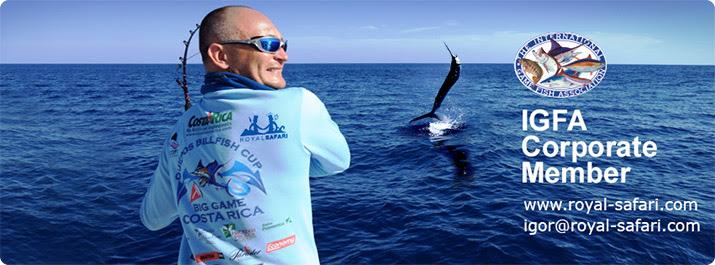| Here is the follow-up report on Alaska fishing taken place in June, 2017. After a successful sea fishing we went for the Chinook salmon to the west of Alaska. The sunny weather and positive attitude of all the members of our team created a good mood which accompanied us throughout the whole trip.
|
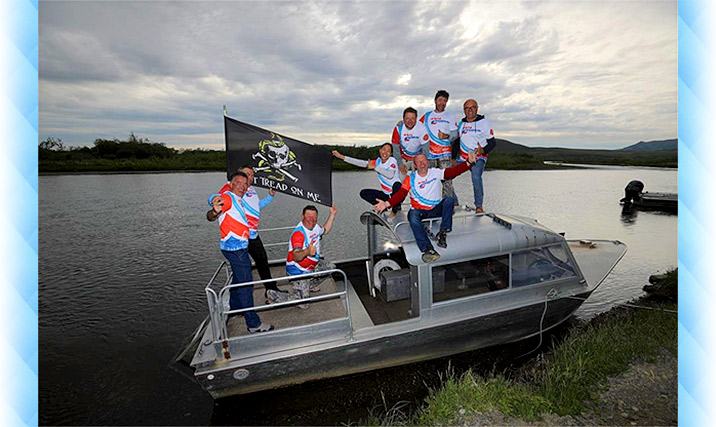 |
|
There were 8 anglers and 2 guides in our team, and each of us wanted to realize his highest fishing expectations during this trip, and first of all, for the Chinook salmon. We chose the beginning of the season for the tour, as it is the optimum period to catch really trophy fish. |
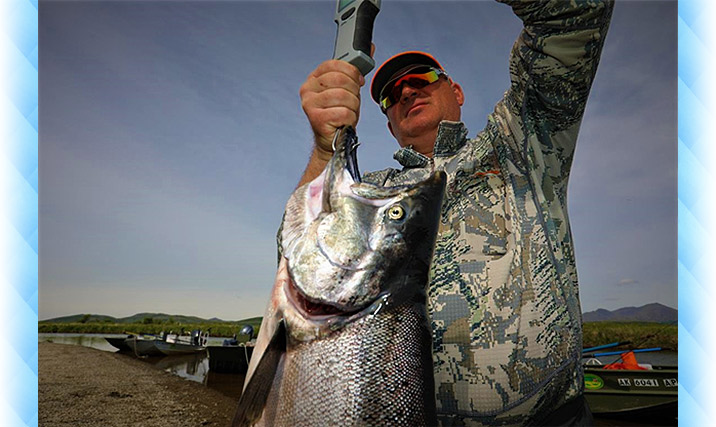 |
|
While choosing the fishing spot, we were aimed exactly at the Chinook salmon, as the members of our team had already had a great fishing experience for the “king” salmon in Kamchatka and they were all striving to improve their results. |
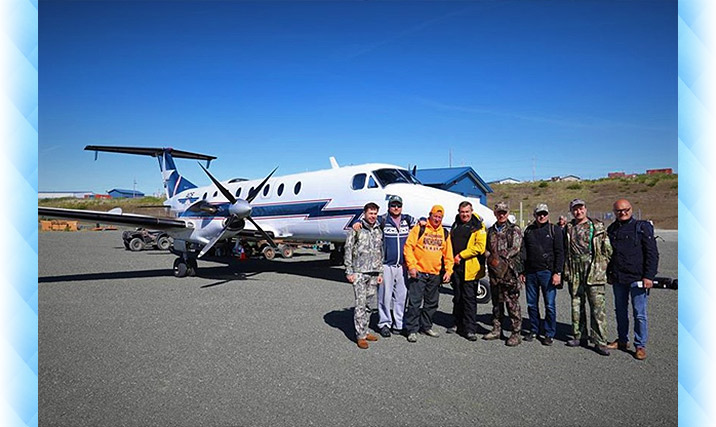 |
|
After a private flight from Anchorage to the Pacific Coast we settled in a cozy camp located at the mouth of the river, 10 km from the sea. We came to a spacious dining room to discuss our action plan. Our guides told us that the Chinook migration was at its peak, so, we did not doubt the success, and as the river was promising, all we had to do was just to confirm the theory by practice. |
 |
|
The accommodation in the camp is quite convenient. There are separate buildings with bathrooms and comfortable beds. |
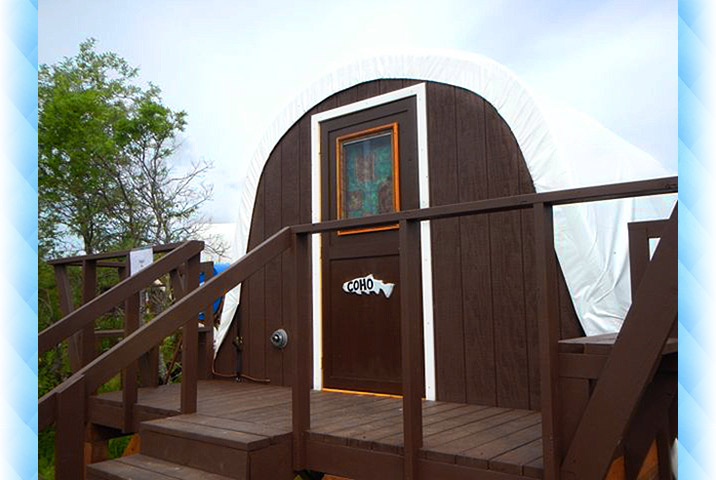 |
|
In my opinion, this camp occupies the intermediate position between the luxurious lodges and tent camps as far as comfort is concerned. |
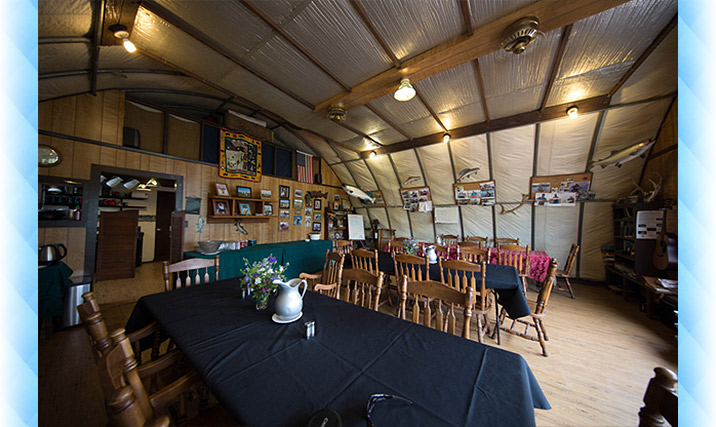 |
|
The dining room and the kitchen are in the main building, there is a separate tent for the living room. |
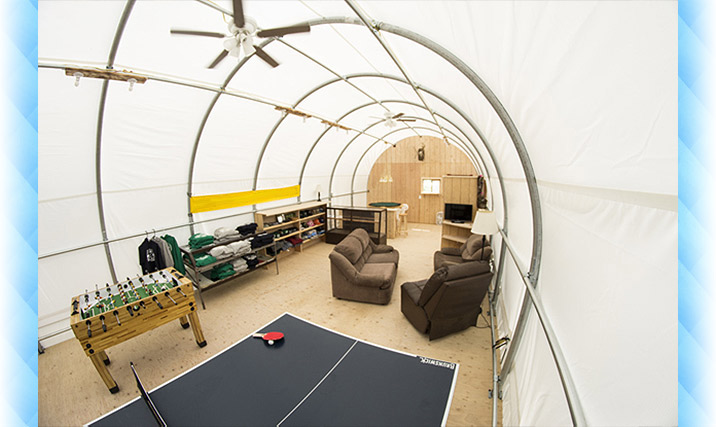 |
|
The next morning we divided our group into crews consisting of two people to go for the largest representative of the salmon family – the Chinook. On the first day of our fresh water fishing the weather was unexpectedly hot, +25°С! It was very comfortable for us, but absolutely unusual for fishing in Alaska in June! |
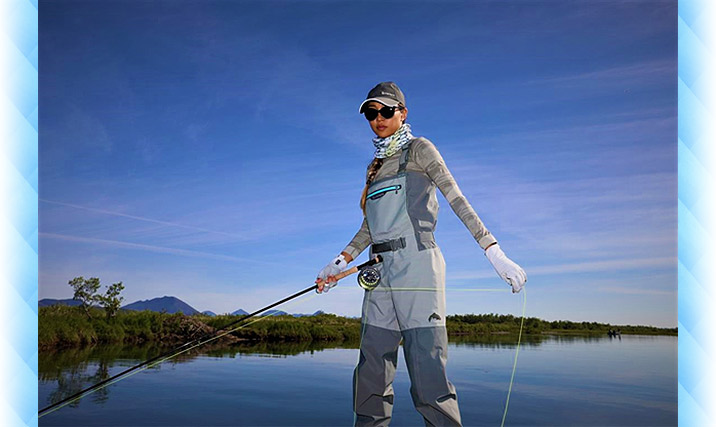 |
|
The main advantage of the camp we were fishing in is its proximity to the best fishing spots, 5-20 min by boat, and it’s always possible to come to the lodge to have a meal, to relax or take the things you have forgotten. So, we changed into light shirts and pants designed for tropical fishing and headed towards new experiences. |
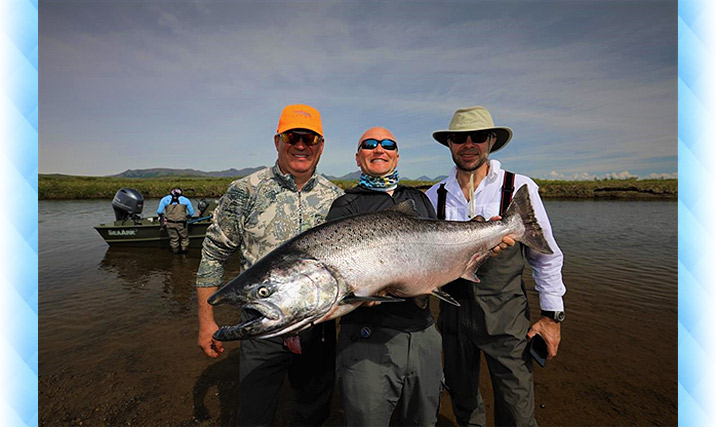 |
|
It is better to catch “king salmon” in the places of their stay where they rest and start being aggressive to everything that disturbs them. It is known that salmon stop eating when they come to the river from the sea, and they attack baits just due to their reflex acquired in the ocean. No one knows whether it is true or not, but if a fisherman finds an accumulation of fish and uses a correctly selected bait he has every chance for the strike. The fish occupies the depths of two meters or more. The main factors for the “King’s” stay are water transparency and pebble bottom. |
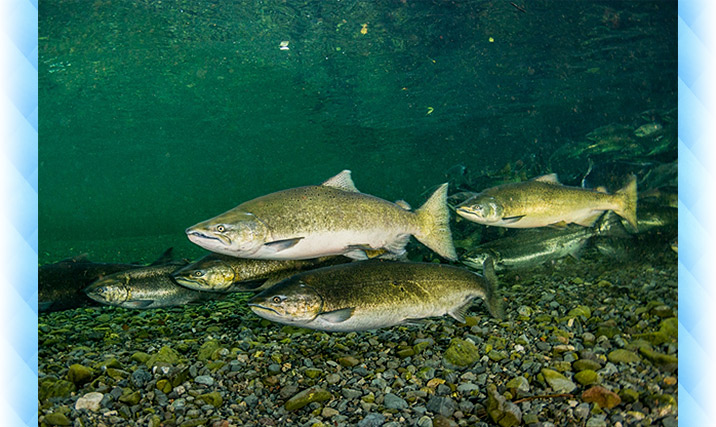 |
|
Strikes of the Chinook salmon did not keep us waiting and soon, we caught enough fish and start hunting for larger specimens. We tried to memorize where the most outstanding fish had been caught and began to check those spots more often. Such a technique turned out to be quite successful and we got the first trophies weighing over 15 kilos. Anton and Sergey caught the largest ones. The number of fish per boat reached 20! |
 |
|
The largest Chinook caught by Sergey Nabokov weighed 17 kilos (proved by 2 electronic scales). There were some strikes of even larger specimens, but unfortunately, they all ended in losses. In the process of fly fishing a huge fish tore my 30 lb tippet, but my wife was able to pull out the fish of 15 kilos at the same spot. |
 |
|
An angler will always remember his fighting against a large Chinook, but as for me, nothing compares to the fly fishing for the “king”! Though Chinook salmon do not usually jump out of the water the combat with them brings the most vivid emotions. Of all salmon, the Chinook is considered to be the most non-fly fishing, as it stays deeper than other salmon. For instance, the coho and the chum choose warm reaches with calm water, while the Chinook prefers pits at the depth of which it is very difficult to deliver a fly fishing bait. |
 |
|
That is why each Chinook caught like this is considered to be a great achievement of an angler. Applying the fishing lines with sinking tips, my wife and I managed to catch 5-6 Chinooks a day. The hugest specimens weighing 13 and 15 kilos were caught on a pink and purple Mega Dolly Llama with a 1/0 hook. |
 |
|
Fishing with a spinning rod is much more efficient, and the Chinook willingly struck for Blue Fox Spinners and Vibrax. The favorites were Blue Fox#5-6 with an orange or pink mandrel, but it was possible to catch the fish with any spin bait. |
 |
|
Together with the Chinook, the chum, rainbow trout, char, grayling, and even a flounder which came from the sea, became our trophies as well. If we had been aimed at the chum, we could have caught 20-30 ones weighing 5-10 kilos per each fisherman a day. By the way, fly fishing is more efficient than spinning fishing for the chum. |
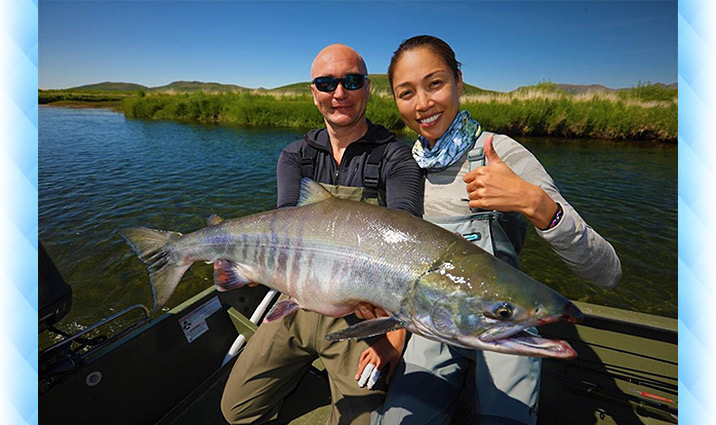 |
|
We ate only the fish we had caught, and caviar cooked by Anton Angelovsky, a real expert in this field, served us as an excellent snack. |
 |
|
A table set in the open air and a friendly company of like-minded people brought us energy and positive emotions |
 |
|
The most remarkable was the double fish soup prepared by Anton |
 |
|
We examined even the farthest sections of the river, but nothing could compare to the pools nearest to our camp. |
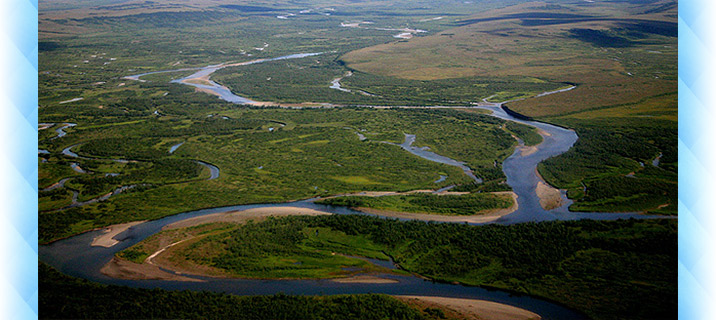 |
|
We caught enough Chinook on the first days of our fishing, but till the end of the tour, nobody could switch to other trophies, as no fresh water fish in Alaska can compete with the Chinook salmon in sportiness of catching, resistance force, or beauty. |
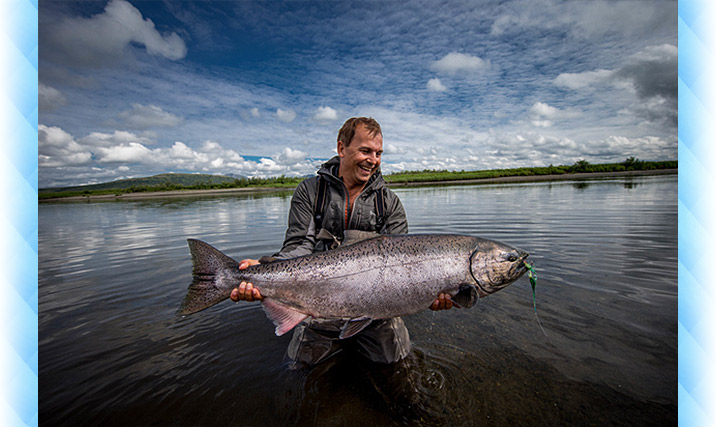 |
|
There are some dates available for the trophy Chinook fishing for the upcoming season. Book now to have the opportunity to fight the “King of Salmon”! Order fishing in Alaska in advance! I’ve made a detailed description of various options. In this camp, fishing for 5 Pacific salmon species goes on from June to September.
|
ALASKA FISHING REPORT JUNE 21-28, 2017















